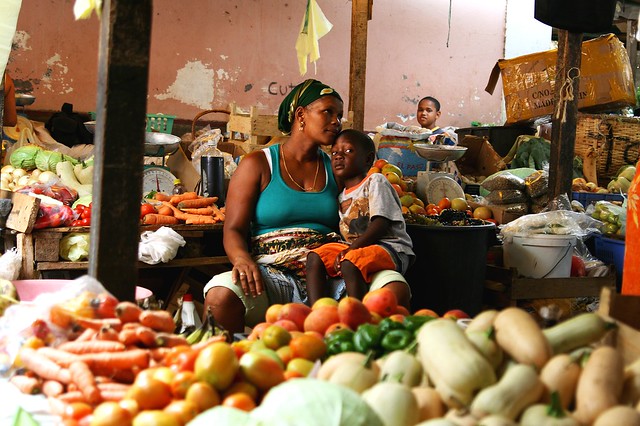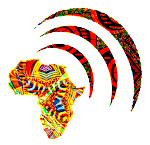All About The 18 Islands of Cabo Verde
Cabo Verde formally known as Cape Verde until 2013, is a group of 18 U-shaped islands located off mainland Western Africa in the Atlantic Ocean.

All About the 18 Islands of Cabo Verde
Cabo Verde is not one large island but a group of islands in the North Atlantic Ocean, west of Senegal.
The Portuguese discovered and colonized the once uninhabited Cabo Verde islands in the 15th century. Due to its central location between Africa and America, Cabo Verde was a major trading port for African slaves for over three centuries by the Portuguese.
Cabo Verde Slave Trade
Slave traders from mainly North America and Portugal would travel to Cabo Verde and purchase slaves who would labor to grow mainly cotton, rice and indigo. Most Cabo Verdeans have both African and Portuguese heritage.
During the 15th to 19th centuries, European powers, including the Portuguese, Spanish, Dutch, and English, established trading posts and forts on the islands of Cabo Verde. The islands served as a key hub for the transatlantic slave trade due to their geographic location, making them an essential stopover for ships traveling between Africa, the Americas, and Europe.
The slave trade in Cabo Verde involved the capture and forced enslavement of Africans from various regions on the African continent. These enslaved individuals were often captured during wars or raids and then transported to Cabo Verde, where they were held in dungeons and barracoons (holding facilities) before being loaded onto slave ships bound for the Americas.
In 1876, the transatlantic slave trade was officially abolished in Cabo Verde, but its consequences continued to shape the country's history and identity.
Cabo Verdeans
People from Cabo Verde are called Cabo Verdeans. The current population is around 561,000 people. Cabo Verde’s population descends from its first permanent inhabitants in the late 15th century a majority of West African slaves, a small group of Portuguese Italian, and Spanish slave traders and colonists. Over the centuries, the country’s overall population size has fluctuated significantly, as recurring periods of famine and epidemics have caused high death tolls and emigration.
Cabo Verde's role as a slave trading center also profoundly impacted its demographics and culture. Many of the enslaved Africans brought to Cabo Verde were of diverse ethnic and linguistic backgrounds, creating a unique Afro-Creole culture on the islands.
Size of Cabo Verde
The total area of the Cabo Verde archipelago covers 4,033 square kilometers or 1557 square miles and includes ten larger islands, of which nine are inhabited and 8 smaller uninhabited islands. They are arranged in a U-shaped that opens towards the west, with Brava at its southernmost point.
The largest island, Santiago, accounts for around 991 square kilometers or 383 square miles of the total land area. The country's diverse islands offer a mix of landscapes, ranging from volcanic peaks to sandy beaches,
Cabo Verde Islands
The farthest end of the island group in the north is Santo Antão. The predominating northeast trade winds on the archipelago divide Cabo Verde into two groups of islands that lie either windward, Barlavento in Portuguese, or above the wind, which includes Santo Antão, São Vicente, São Nicolao, Boa Vista, Sal, Santa Luzia, Branco and Razo, and the islands lying below the wind or leeward, Sotavento in Portuguese which includes Maio, Santiago, Fogo and Brava.
Cabo Verde Drought
The Cabo Verde islands experienced three major droughts in the last two centuries, which resulted in the deaths of 40% of the population through starvation. The Cabo Verde economy suffers from a poor natural resource base, including serious water shortages exacerbated by cycles of long-term drought and poor soil for agriculture on several of the islands.
Cabo Verde has experienced periods of severe drought, which is a significant environmental and socio-economic challenge for the country. Cabo Verde is located in the Sahel region of West Africa, which is characterized by a semi-arid climate and limited rainfall. The country's vulnerability to drought is exacerbated by its dependence on rain-fed agriculture and limited water resources.
Droughts in Cabo Verde can devastate agriculture, leading to crop failure, food shortages, and loss of livelihoods for many rural communities. The lack of sufficient water for irrigation and domestic use can also impact public health and access to clean drinking water.
In recent years, Cabo Verde has taken measures to address the impact of drought and improve water management. The government has implemented water conservation and desalination projects and initiatives to promote sustainable agriculture and reduce water consumption. Additionally, efforts to diversify the economy beyond agriculture have been made to enhance resilience against drought-related challenges.
Cabo Verde per capita income
Although about 40% of the population lives in rural areas, about 82% of food must be imported; therefore, many Cabo Verdeans migrated to other countries. The per capita income in Cabo Verde was estimated to be around $3,800 to $4,000. Today, more people Cabo Verdeans live outside the country than inside. Presently tourism is the mainstay of the economy; even so, Cabo Verde revels in a per capita income that is greater than that of many of the continental African nations.
 Since 2007
Since 2007



